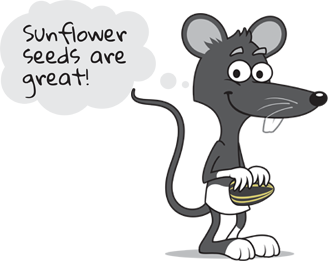
Rats take care of injured and sick rats in their group.
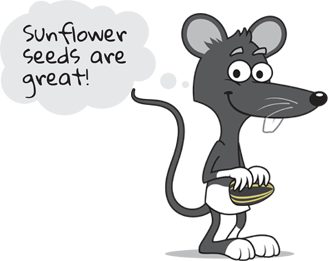
Without companionship, rats tend to become lonely and depressed.
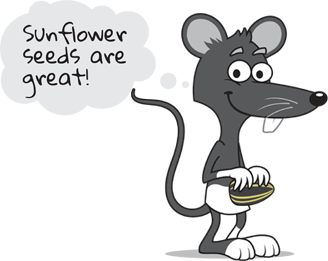
The rat is the first of the twelve animals of the Chinese Zodiac.
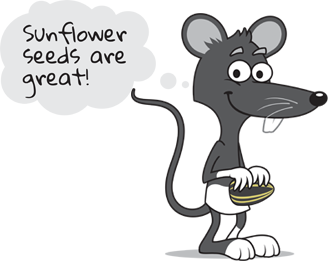
People who are born in the Chinese ‘Year of the Rat’ are creative, intelligent, honest, ambitious and generous – just like rats!
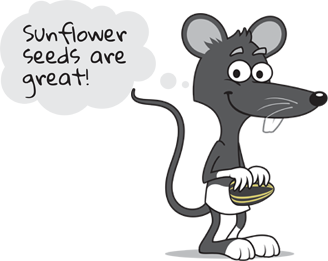
In India, rats are worshipped at the temple of Karni Mata where they are fed grain and milk.
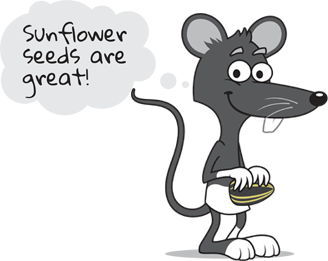
An average rat’s life span is 2 – 3 years.

Rats’ front teeth grow 11 – 14 centimetres each year. Rats wear them down by continuously gnawing on everything around them including cement, brick and wood.
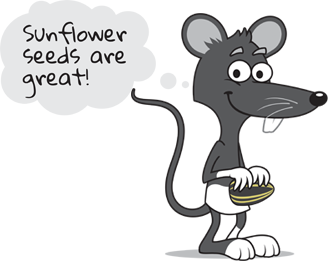
Ancient Romans considered the rat to be a sign of good luck.
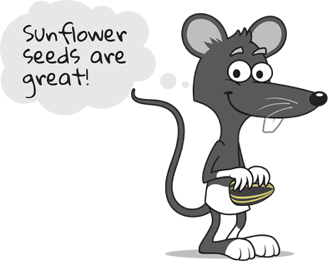
Rats have very poor eyesight and are colour blind.
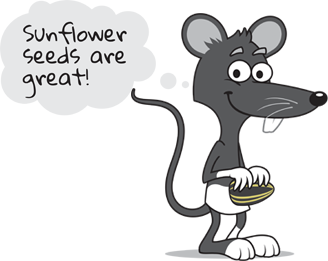
Rats have been proven to make a laughter-like noise (unable to be heard by the human ear alone) when tickled.
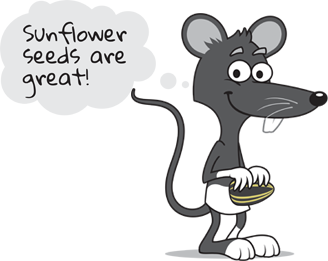
It has been proven that rats do dream while sleeping.

According to the Guinness Book of World Records, the longest living domestic rat died at seven years and four months of age (which far exceeds the 2-3 year expected lifespan.)
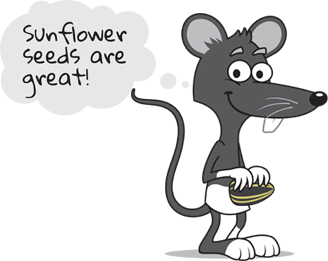
Rats have been used throughout history as pets, religious icons, mine detectors, and some have even been trained to drag wires through walls making some electricians’ jobs much faster.
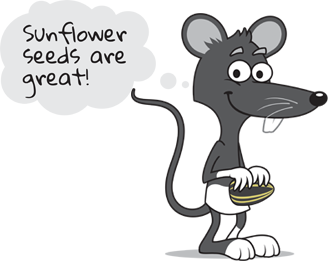
Rats have excellent memories. Once rats learn a direction-finding route, they never forget it.
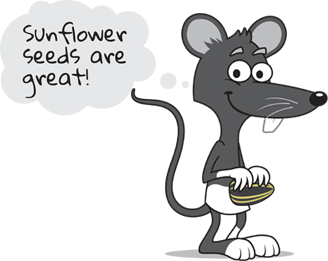
Rats can swim and many enjoy it.
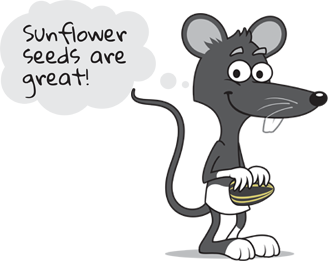
Male rats are known as ‘bucks’, females are ‘does’, and babies are ‘pups’ or ‘kittens’.

Almost all domestic pet rats belong to a single species, the Norway rat (Rattus norvegicus).
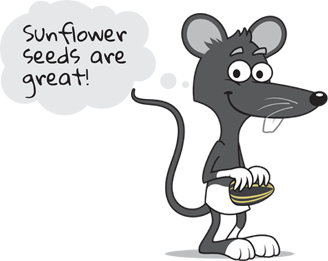
The Gambian Pouched Rat, in its native continent of Africa, can grow up to 7 kilograms!



























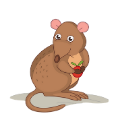
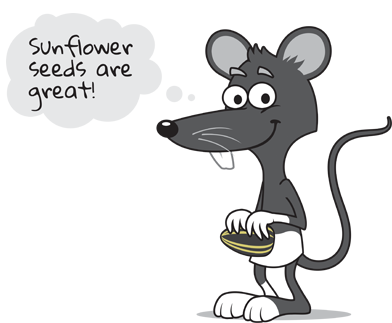
 Freedom from hunger and thirst
Learn more
Freedom from hunger and thirst
Learn more
 Freedom from discomfort
Learn more
Freedom from discomfort
Learn more
 Freedom from pain, injury or disease
Learn more
Freedom from pain, injury or disease
Learn more
 Freedom to express normal behaviour
Learn more
Freedom to express normal behaviour
Learn more
 Freedom from fear and distress
Learn more
Freedom from fear and distress
Learn more


